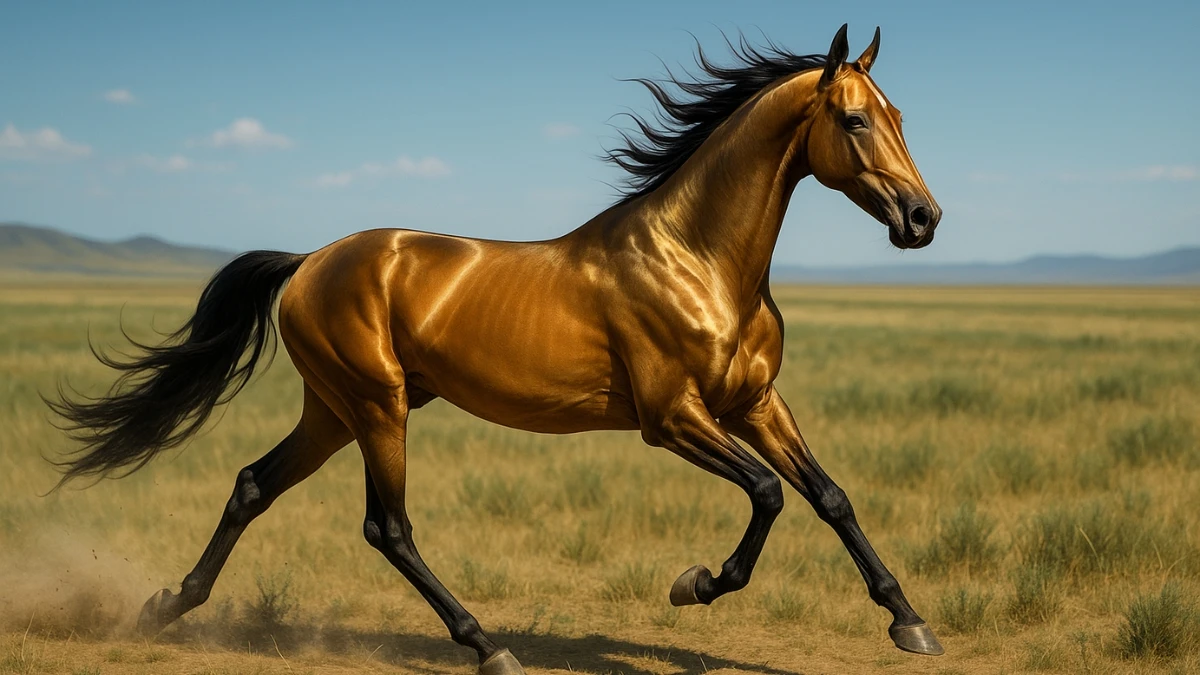Top 5 Most Expensive Horse Breed in the World
Throughout history, horses have held a special place in human culture, serving as companions, athletes, and symbols of status and wealth. Among the vast variety of breeds, some stand out not only for their physical beauty and exceptional abilities but also for their extraordinary value. The most expensive horse breeds are often the result of meticulous breeding, rare lineage, and outstanding performance in disciplines such as racing, dressage, and show jumping.
These horses command staggering prices, sometimes reaching into the millions of dollars, reflecting their exclusivity and desirability among collectors, breeders, and equestrian enthusiasts worldwide. In this article, we will take a closer look at the top five most expensive horse breeds, uncovering what makes each of them so unique and valuable.
|
Rank |
Horse Breed |
|---|---|
|
5 |
Friesian |
|
4 |
Akhal-Teke |
|
3 |
Arabian |
|
2 |
Dutch Warmblood |
|
1 |
Thoroughbred |
5. Friesian
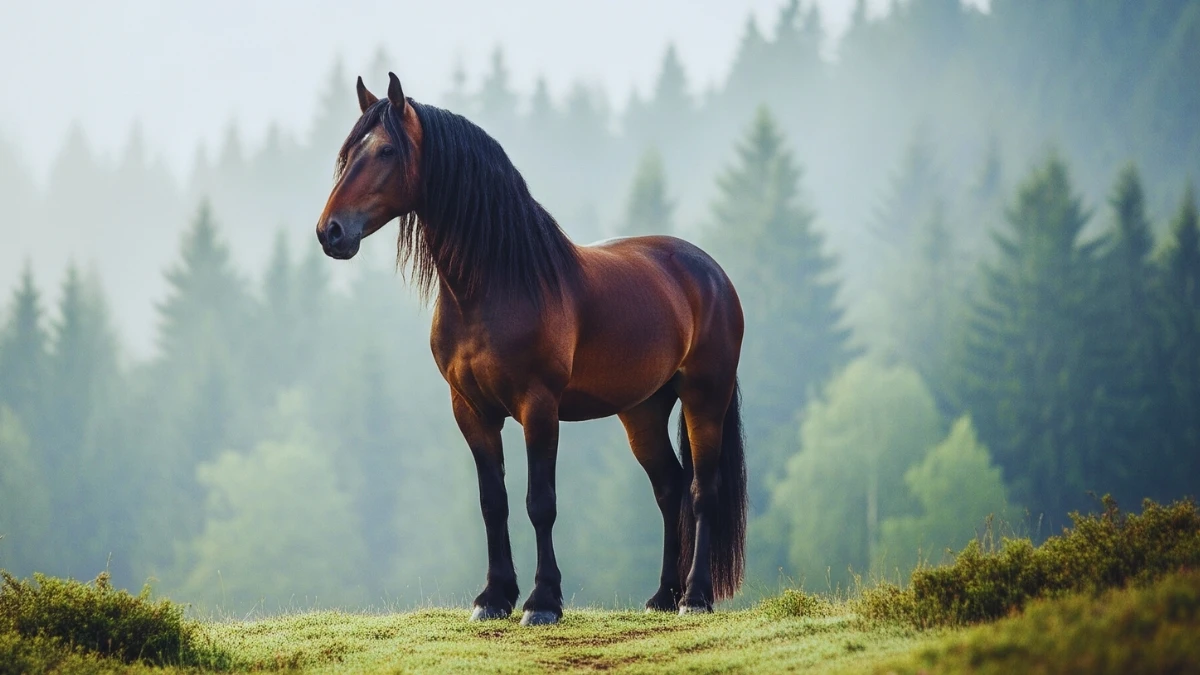
The Friesian is a breed that commands attention with its breathtaking appearance. Known for its jet-black coat, flowing mane, and high-stepping gait, the Friesian looks like it was plucked from the pages of a fantasy novel.
Originally from the Frisia region of the Netherlands, this breed served as a medieval warhorse, prized for its strength and agility. Despite facing near extinction in the early 20th century, the Friesian was brought back from the brink through the dedication of breeders.
|
Speed |
Up to 30 mph (48 km/h) |
|
Origin |
Netherlands |
|
Weight |
1,200 - 1,400 lbs (544 - 635 kg) |
|
Height |
15.2 to 16 hands (62 - 64 inches or 157 - 163 cm) |
|
Life Expectancy |
16 to 20 years |
Price Breakdown:
- Weanlings: $4,000 - $15,000
- Started horses: $15,000 - $30,000
- Trained performers: $30,000 - $60,000
- Elite stallions: $60,000 - $100,000+
4. Akhal-Teke
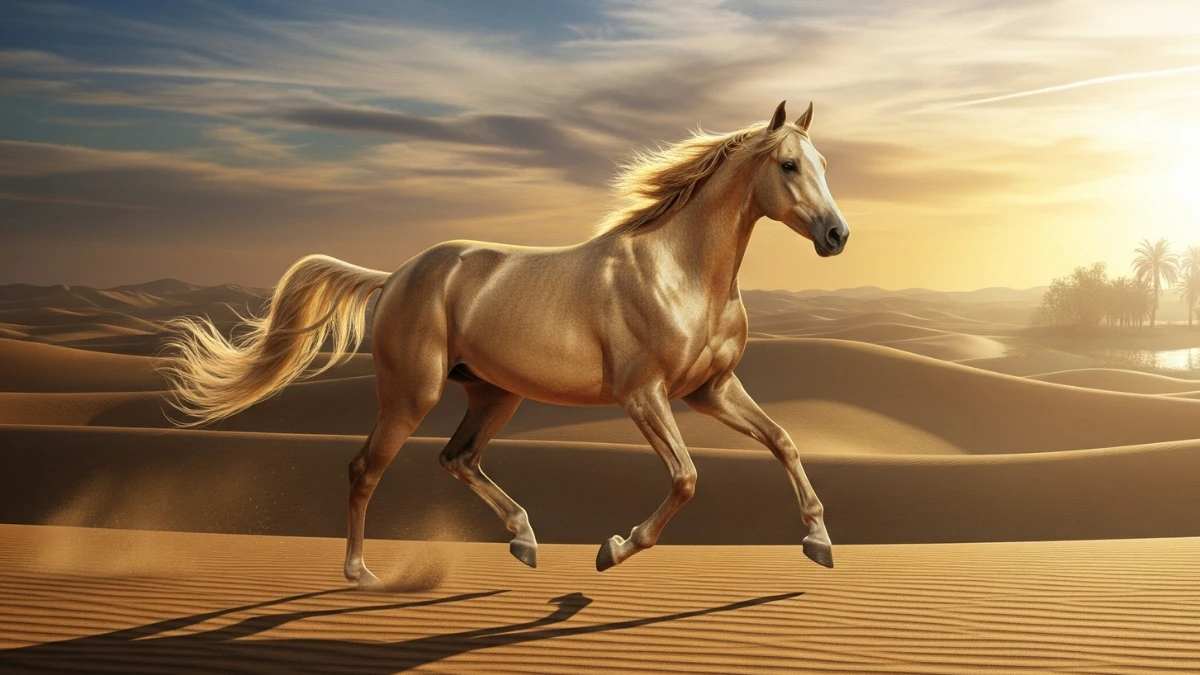
Akhal-Teke Known as the "golden horses" of Turkmenistan, the Akhal-Teke is one of the most striking breeds in the world. With a coat that gleams in shades of gold, silver, and bronze, these horses are more than just beautiful; they possess a unique and shimmering metallic sheen that has captivated horse lovers for centuries.
Their history dates back over 3,000 years, where they were bred by the nomadic tribes of Turkmenistan to be enduring and reliable warhorses capable of traversing vast stretches of desert with minimal water.
|
Speed |
40 to 50 mph (64 - 80 km/h) |
|
Origin |
Turkmenistan |
|
Weight |
900 - 1,000 lbs (408 - 453 kg) |
|
Height |
14.2 to 16 hands (58 - 64 inches or 147 - 163 cm) |
|
Life Expectancy |
20 to 25 years |
Price Range:
- Young Prospects: $25,000 - $50,000
- Proven Performers: $50,000 - $100,000
3. Arabian
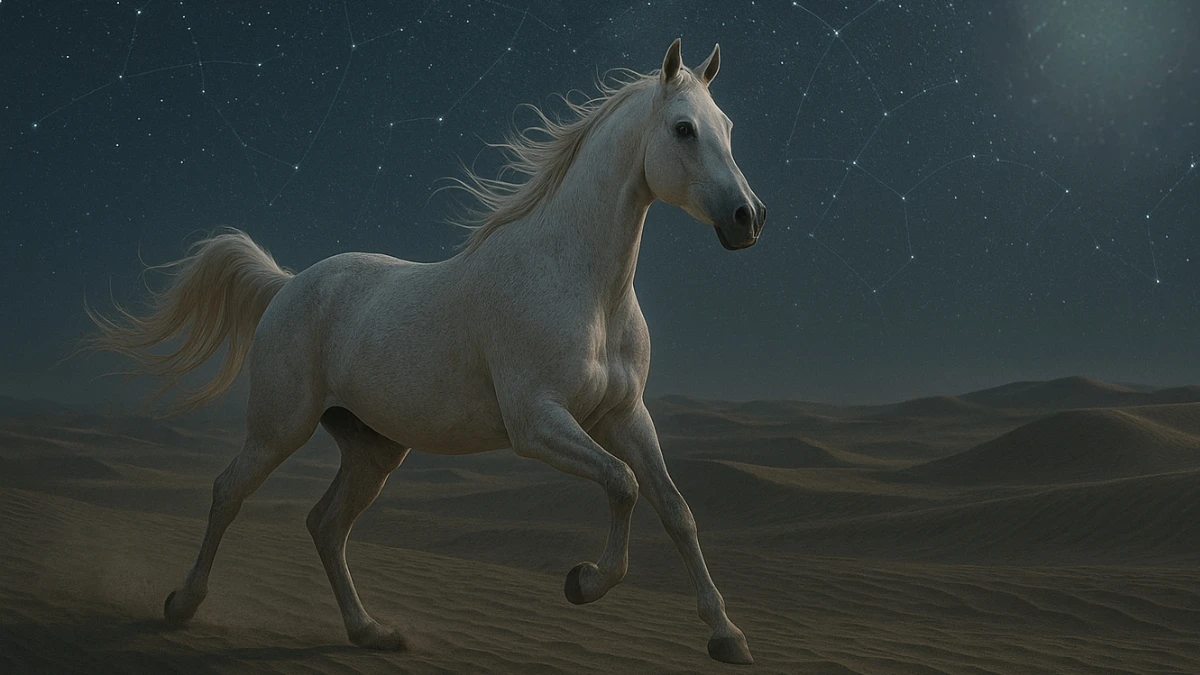
The Arabian horse is often considered the foundation of all modern horse breeds, and for good reason. With a history that stretches back over 4,000 years to the deserts of the Arabian Peninsula, these horses have influenced virtually every breed of horse worldwide, from the speed-focused Thoroughbreds to the strength of draft horses.
Their importance to Bedouin tribes, who regarded their horses as sacred and kept them in their tents, speaks to the deep bond they formed with the breed. The Arabian’s resilience, intelligence, and stamina were key traits that helped these horses thrive in harsh desert conditions.
|
Speed |
35 to 40 mph (56 - 64 km/h) |
|
Origin |
Arabian Peninsula |
|
Weight |
800 - 1,000 lbs (363 - 453 kg) |
|
Height |
14 to 15 hands (56 - 60 inches or 142 - 152 cm) |
|
Life Expectancy |
25 to 30 years |
Price Range:
- Young Prospects: $1,000 - $5,000
- Trained Performers: $10,000 - $50,000
- Elite Bloodlines: $50,000 - $200,000
- Exceptional Breeding Stock: $500,000 - $2,000,000+
2. Dutch Warmblood
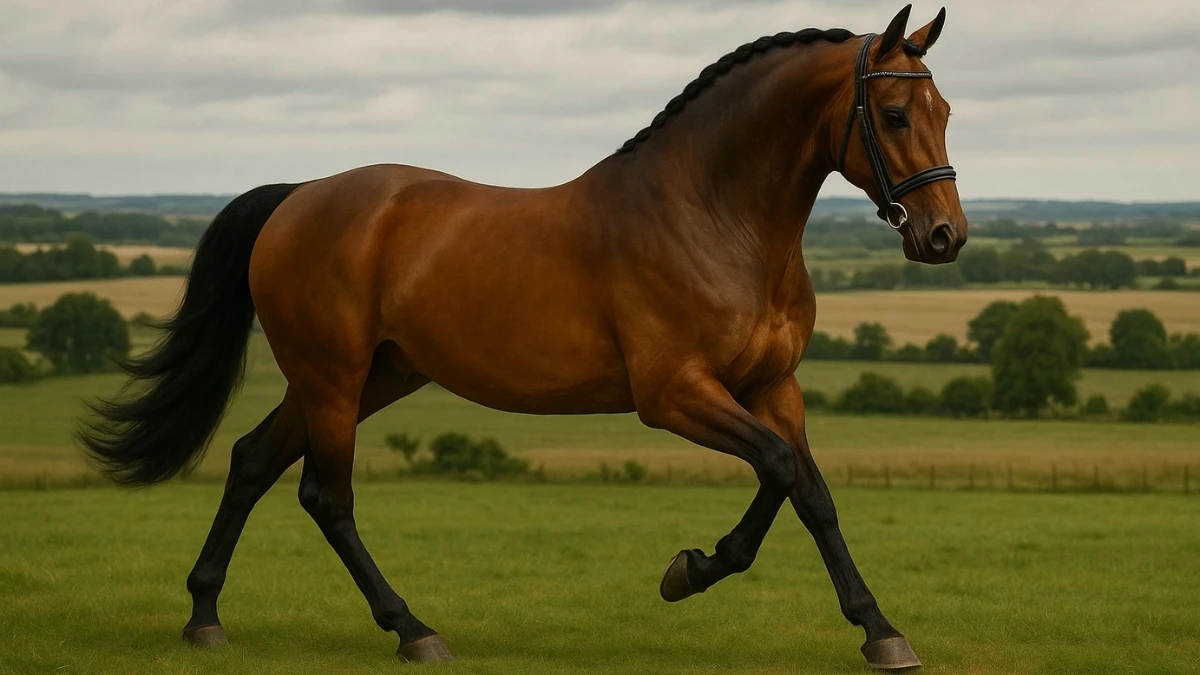
In the world of competitive equestrian sports, the Dutch Warmblood has risen to prominence as one of the most successful and sought-after breeds. Originating in the Netherlands, this breed was meticulously developed by crossing native Dutch horses with Thoroughbreds, Hanoverians, and Holsteiners to produce a horse that excels in athleticism, power, and grace.
Dutch Warmbloods are best known for their dominance in Olympic-level dressage, show jumping, and eventing, where they consistently win medals and titles. The breed’s most famous representative, Totilas, transformed the world of dressage with his extraordinary movement and precision, pushing the breed’s value to new heights.
|
Speed |
30 to 35 mph (48 - 56 km/h) |
|
Origin |
Netherlands |
|
Weight |
1,200 - 1,400 lbs (544 - 635 kg) |
|
Height |
16 to 17 hands (64 - 68 inches or 163 - 173 cm) |
|
Life Expectancy |
20 to 25 years |
Price Range:
- Young Prospects: $4,000 - $15,000
- Started Horses: $15,000 - $50,000
- Competition Horses: $50,000 - $250,000
- Elite Performers: $250,000 - $2,000,000+
- Exceptional Cases: $2,000,000 - $13,000,000+
1. Thoroughbred
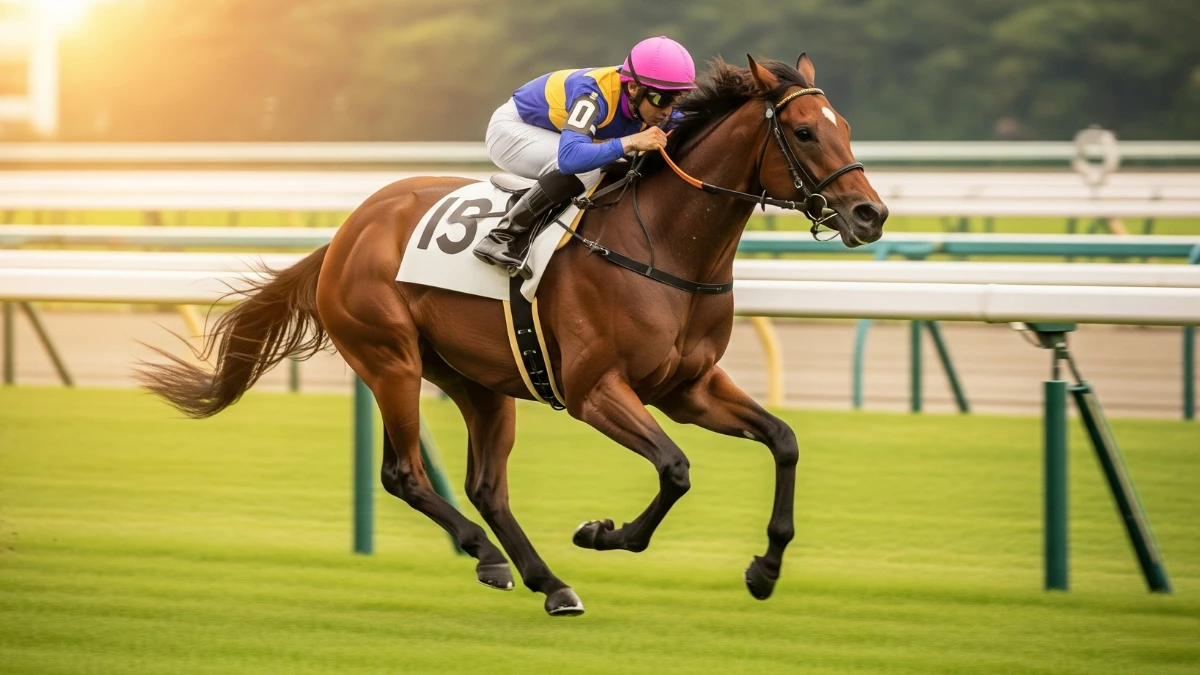
At the top of the equine hierarchy stands the Thoroughbred, a breed known for its lightning-fast speed, intelligence, and race track dominance. Originating in the 17th and 18th centuries in England, the Thoroughbred was developed by breeding native mares to three exceptional stallions, whose bloodlines have shaped every modern Thoroughbred alive today.
Renowned for their ability to reach incredible speeds, Thoroughbreds have become synonymous with elite horse racing. These horses are the stars of major races such as the Kentucky Derby, the Melbourne Cup, and the Royal Ascot. While their racing abilities make them valuable, it’s their ability to pass on their incredible traits to their offspring that has elevated the breed’s worth.
|
Speed |
Up to 44 mph (70 km/h) |
|
Origin |
England |
|
Weight |
900 - 1,200 lbs (408 - 544 kg) |
|
Height |
15.2 to 17 hands (62 - 68 inches or 157 - 173 cm) |
|
Life Expectancy |
25 to 30 years |
Price Range:
- Claiming Horses: $5,000 - $25,000
- Maiden/Allowance Horses: $25,000 - $100,000
- Stakes Horses: $100,000 - $1,000,000
- Grade 1 Winners: $1,000,000 - $10,000,000
- Elite Breeding Prospects: $10,000,000 - $70,000,000+
Disclaimer:
The information provided in this article is for general informational purposes only. Horse prices, speed, origin, weight, height, and life expectancy can vary based on individual horses, bloodlines, and market conditions. These figures may fluctuate over time and region. Readers are advised to consult equine professionals for accurate and up-to-date information before making any decisions. The author and publisher are not responsible for any actions taken based on this article.

